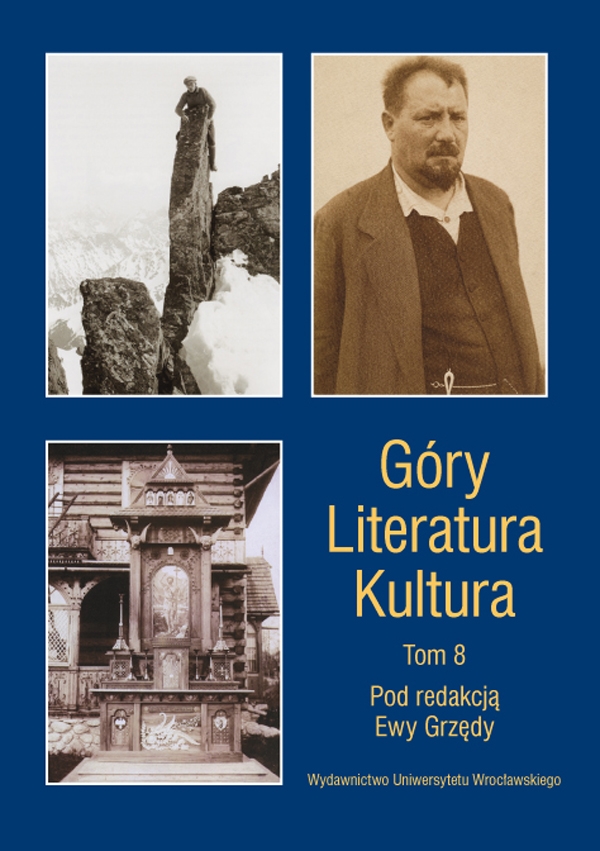

Artykuły

Exotic mountains in school textbooks in the second half of the 19th century — between learning and fascination with the extraordinary
The article is based on the material presented in school textbooks in the second half of the 19th century. Texts dealing with exotic themes including the mountains put in school textbooks also those in the second half of the 19th century deny the view that “exoticism cannot be combined with the cognitive function.” It is precisely at school that the task of cultural education of pupils is pursued through combining the cognitive, pragmatic-informative function and its scientific exploration of a “distant” and “foreign” world the Greek word exoticos means distant, foreign with emotional perception, e.g. with fascination with the other, different, extraordinary, unique, strange, but also — in the “escape” from ordinariness — delight in things that are far from ordinary, banal or typical.
The most frequently cited textbook passages with images of exotic mountains are: I. Hołowiński’s Pielgrzymka do Ziemi Świętej [A pilgrimage to the Holy Land], E. Estkowski’s Ziemia Święta [The Holy Land], F. Morzycka’s Z dalekiej północy — o Norwegii [From the far north — on Norway], L. Tatomir’s Krysztalnicy [The Crystalline], W. Seredyński’s Kamczadale [The Kamchadals], L. Anczyc’s Bałkan [The Balkan], E. Estkowski’s Góry wulkaniczne [Volcanic mountains], Życie w Alpach [Life in the Alps] by an anonymous author and Semmering by B. Baranowski.
The functionalisation of images of exotic mountains in the form of textbook stories as “images from the lives and travels, sociological and ethnographic sketches” was to facilitate the learning of geography and other cultures, but in this case was also associated with fascination with otherness. This was expressed usually by means of realistic descriptions, “utilitarian prose” and served mainly cognitive mostly informative and reporting aspects in textbooks. However, the detailed character of the descriptions of otherness and peculiarities of nature — fauna and flora of foreign countries e.g. eastern palms, olives, dates and figs in Hołowiński’s Pielgrzymka do Ziemi Świętej — climate the coldness of Scandinavia and the sun of Jerusalem, everyday life or the origins of mountains suggests an interpretation that is more profound culturally cf. the images of Norwegian mountains and its rootedness in the mythical story of Odin. Textbook excerpts dealing with exotic mountains, though they often bring encyclopaedic information including statistical data and their authors refrain from value judgements, nevertheless demonstrate the need to satisfy the children’s curiosity about the world and refer to the children’s imagination and sensibility. In addition, textbook excerpts — e.g. the image of the paradise valley in which Damascus is located — are subjects of emotional, aesthetic and religious valorisation.